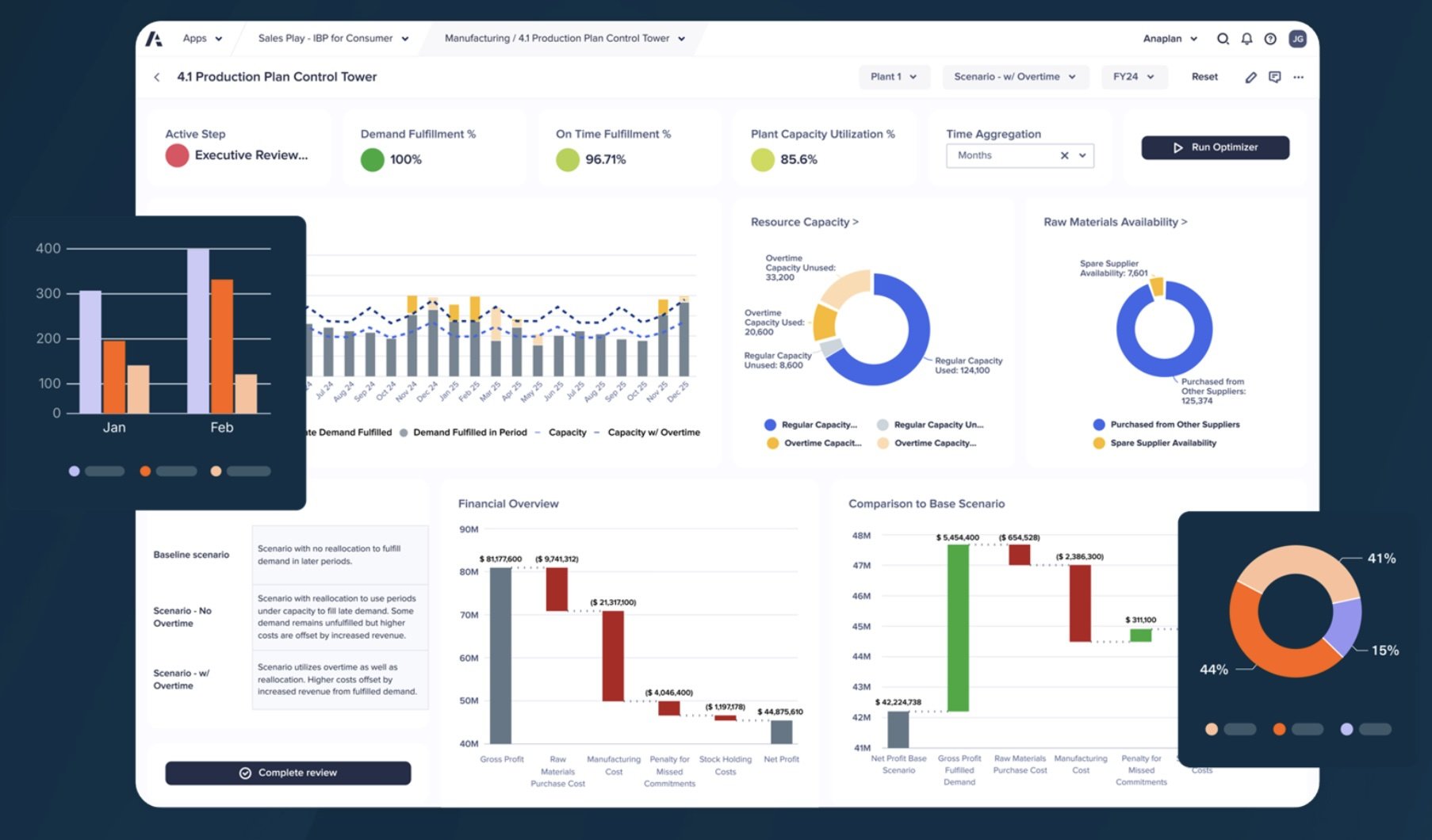
Anaplan has just launched the new statement of direction for Anaplan Calculation Engines The full statement of direction can be read here.
What is a statement of direction
A Statement of Direction is a public guidance designed to inform our customers & prospects about our strategic direction at product level. It provides clarity and direction. A Statement of Direction highlights the key product investment areas for the applicable components, in this case the Anaplan calculation engines. Statement of Directions (SoD) are updated at least every year. It’s the intention of Anaplan to publish SoD’s for other Anaplan components as well.
Summary for SoD Anaplan Calculation Engines
This SoD provides guidance to our Anaplan customers using either Classic calculation engine and/or Polaris calculation engine. It provides insight into Anaplan’s strategic product direction for calculation engines.
Anaplan Polaris is our next-generation calculation engine for the Anaplan planning platform. It is designed from the ground up for fast, highly dimensioned calculation at scale. Polaris represents a paradigm shift in your ability to model your business planning challenges without compromise, allowing significantly greater granularity of planning for more detailed decision-making.
Anaplan Polaris has been in General Availability since 2023 and will be the primary focus of Anaplan’s development efforts for future innovation in calculation. We will be adding new functionality for calculation only in Polaris, as well as continuing to improve and refine the performance and scalability of the engine. Polaris is the foundation engine that supports our future development and innovation in AI, pre-configured Applications and data orchestration and management. We will continue to maintain and support the Classic calculation engine, which currently powers hundreds of thousands of Anaplan models in production. Many customers have successfully integrated Polaris-powered models into their operations alongside Classic, demonstrating a smooth transition path that can take place at a pace appropriate for your business.
Iver van de Zand – Anaplan Vice President Product Management